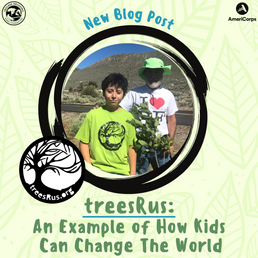Going Batty: Nevada's Flying Friends
- Alexandra Sheehan
- Oct 26, 2020
- 2 min read

Most of us experience nature in Nevada during the day where we see a plethora of birds, small mammals, and maybe some reptiles. Though when the sun goes down, a whole different world comes out. Different birds, different reptiles, and different mammals emerge including one of my personal favorites, bats. Now, bats tend to get a bad rap. From being associated with the scariest holiday to only coming out at night, all combined with the fact that for so long they were hard to study because scientists didn’t have the appropriate equipment, so we never really understood them. Now that scientists have high-speed night-vision cameras and bat echolocation recording devices, bats aren’t as scary as we thought they were. They’re really just misunderstood creatures, and they’re extremely important to the environment here in Nevada!
Nevada is home to 23 species of bats, a lot of which are insectivorous bats, meaning they eat insects. This is great because when there are bats to eat insects, farmers can use less pesticides. When farmers use less pesticides, they’re reducing crop damage and there is less pesticide runoff into local streams and rivers helping keep our waterways clean. Also, as someone who has a terrible reaction to mosquito bites, I appreciate that bats keep the insect populations from getting out of control.

While insectivorous bats are found all throughout Nevada, pollinator bats can only be found in southern Nevada. Bats are known for pollinating the agave plant, whose syrup is often used as an alternative to honey. Bats also pollinate desert plants that bloom at night. Desert plants and cacti have special adaptations to help them survive without lots of water. One of these adaptations is that their flowers bloom at night. A lot of pollinators are active during the day so without bats, some desert plants wouldn’t get pollinated.
While bats themselves are important, so is their excrement, aka their poop. Gross, right? Not really! Bat excrement, aka guano, is very nutrient dense. Guano is about 10% nitrogen which is one of the most important nutrients needed for plant growth. Microorganisms found in bat guano have bioremediation capabilities which means they can help remove toxins from the soil. Fertilization through bat guano occurs naturally in the wild, but is also sold as a fertilizer if you want these benefits in your garden. We do not recommend collecting samples from the wild, however. No one wants an unwelcome visitor in their bathroom!

While bats can be spooky, they’re vital to Nevada’s ecosystem and need our protection. Bats reproduce slowly, only having one pup a year, and disturbance to their colonies, can disrupt their one chance at reproduction. Bats, like many other plants and animals, if removed from Nevada will harmfully disrupt the ecosystem. Bats help us grow food, help desert plants thrive, and restore soil. Preserving bats and their habitat helps preserve us and our habitats. Now, the bats in Truckee Meadows may have migrated south for the season, but late next spring when they return, I hope you get the chance to head to the McCarran bridge in Sparks to watch the aerial display and appreciate all that bats do for us in Nevada.













무료카지노 무료카지노;
무료카지노 무료카지노;
google 优化 seo技术+jingcheng-seo.com+秒收录;
Fortune Tiger Fortune Tiger;
Fortune Tiger Fortune Tiger;
Fortune Tiger Slots Fortune…
站群/ 站群
gamesimes gamesimes;
03topgame 03topgame
EPS Machine EPS Cutting…
EPS Machine EPS and…
EPP Machine EPP Shape…
Fortune Tiger Fortune Tiger;
EPS Machine EPS and…
betwin betwin;
777 777;
slots slots;
Fortune Tiger Fortune Tiger;
Great!